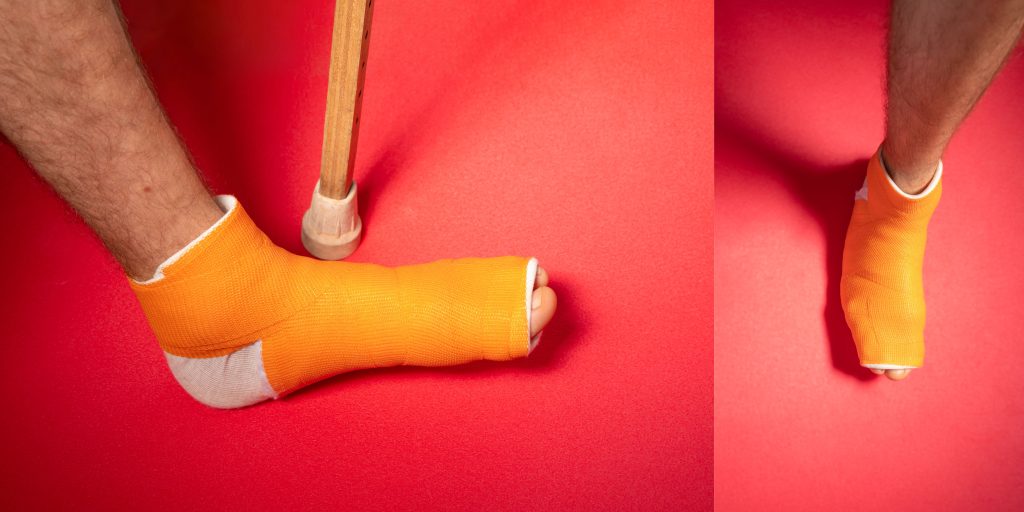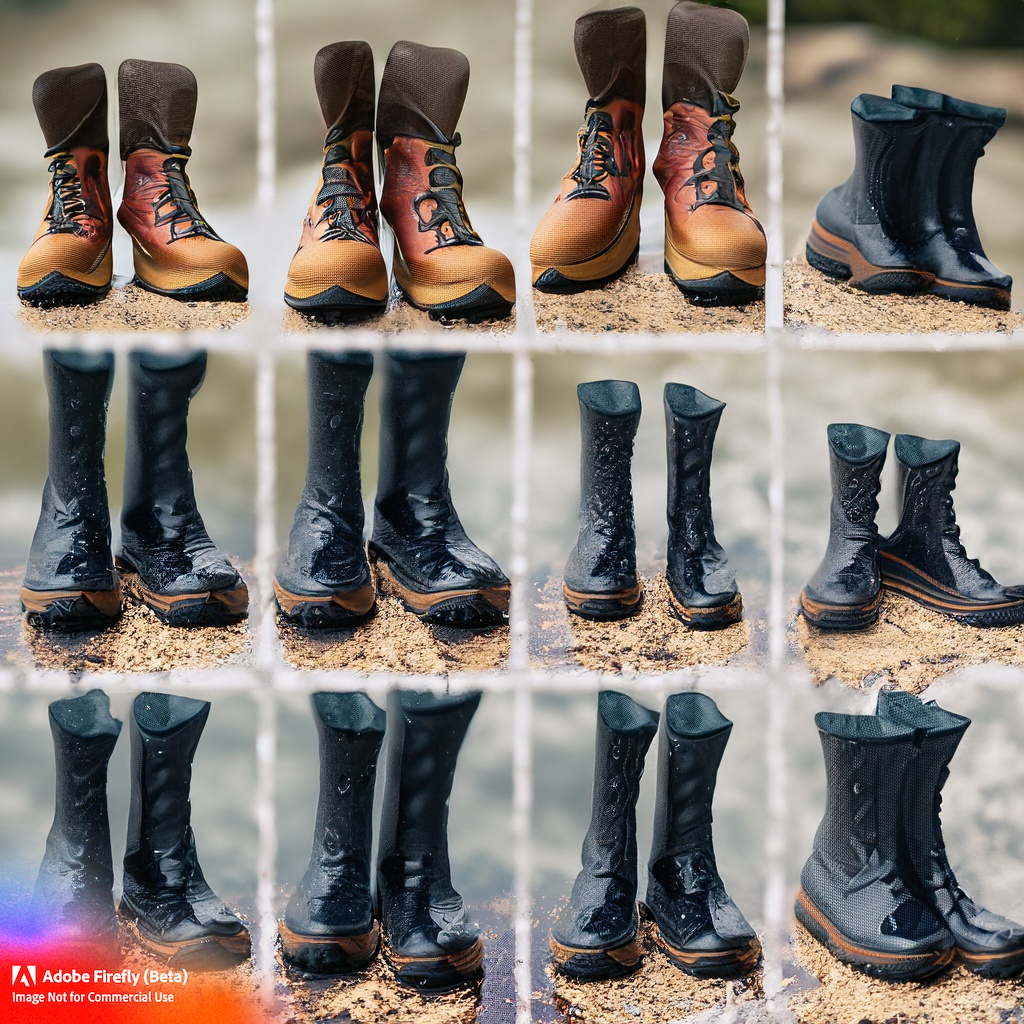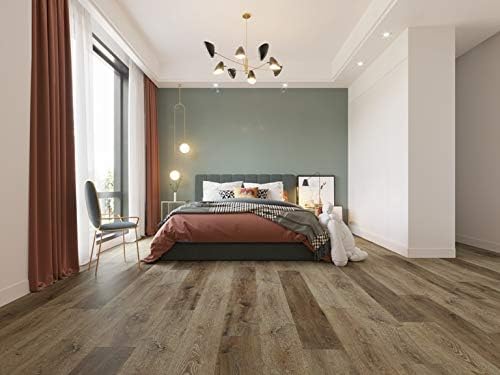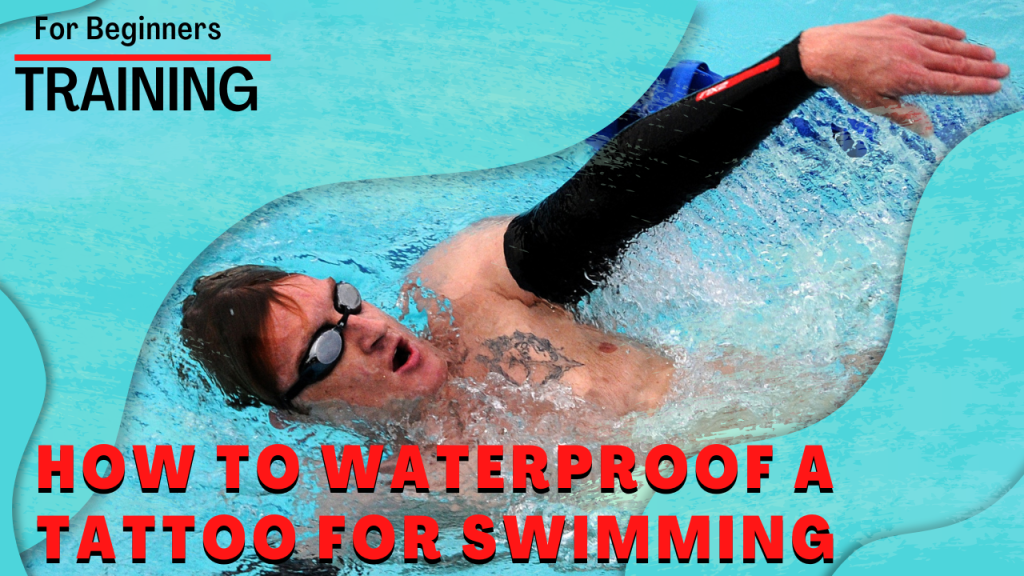Waterproof Cast: A Comprehensive Guide to Its Benefits and Usage


When it comes to recovering from fractures, sprains, or other injuries, wearing a cast is often essential. However, traditional casts have their limitations, especially when it comes to exposure to water. That’s where waterproof casts come into the picture. In this article, we will explore the benefits and usage of waterproof casts, providing you with valuable insights into this innovative solution for orthopedic care.
What Is a Waterproof Cast?
A waterproof cast is a medical device used to immobilize and protect injured bones or soft tissues. Unlike traditional casts made from plaster or fiberglass, waterproof casts are designed to be resistant to water. This allows individuals with waterproof casts to engage in activities involving water, such as bathing, swimming, or water therapy, without compromising the integrity of the cast.

Advantages of Waterproof Casts
Enhanced Comfort and Hygiene
One of the significant advantages of waterproof casts is the enhanced comfort and hygiene they offer. Unlike traditional casts that can become itchy and uncomfortable when exposed to moisture, waterproof casts are breathable and allow for adequate air circulation. This helps prevent skin irritation and unpleasant odors, ensuring a more comfortable experience for the wearer.
Protection Against Water-Related Issues
Waterproof casts provide excellent protection against water-related issues. By effectively repelling water, they minimize the risk of bacterial or fungal infections caused by prolonged exposure to moisture. Additionally, waterproof casts prevent the absorption of water, eliminating the need for time-consuming and inconvenient cast changes due to water damage.
Increased Mobility and Quality of Life
With a waterproof cast, individuals can maintain their active lifestyle and enjoy various water-based activities. Whether it’s taking a refreshing swim or participating in hydrotherapy sessions, waterproof casts offer the freedom to engage in physical activities while still allowing the injured area to heal properly. This improved mobility contributes to a better quality of life during the recovery period.
How Waterproof Casts Work
Waterproof casts are typically made from materials such as fiberglass or polyurethane, which have water-resistant properties. These casts are specially formulated to repel water, ensuring that the underlying injury remains dry and protected. The casting process involves applying layers of the waterproof material around the affected area, creating a sturdy and waterproof barrier.

Types of Waterproof Casts
Fiberglass Casts
Fiberglass casts are widely used in orthopedic care and are a popular choice for waterproof casts. These casts consist of layers of fiberglass impregnated with a water-activated polyurethane resin. When exposed to water, the resin sets, creating a durable and water-resistant cast. Fiberglass casts are lightweight, breathable, and allow for easy monitoring of the injury.
Polyurethane Casts
Polyurethane casts are another type of waterproof cast that provides excellent water resistance and durability. These casts are made from a synthetic material that repels water effectively. Polyurethane casts are lightweight, adjustable, and allow for easy X-ray imaging, making them a preferred choice for many patients.
Other Waterproof Cast Alternatives
In addition to fiberglass and polyurethane casts, there are other waterproof cast alternatives available in the market. These include waterproof cast liners, waterproof cast covers, and waterproof cast padding. These options provide added protection and versatility, catering to specific needs and preferences.
Applying and Maintaining a Waterproof Cast

Application Process
The application of a waterproof cast is similar to that of a traditional cast. A healthcare professional, such as an orthopedic specialist, applies the cast using the appropriate casting techniques. The waterproof material is carefully layered and molded to ensure proper immobilization and protection of the injured area. It is important to follow the healthcare professional’s instructions for optimal results.
Care and Maintenance Tips
To maintain the integrity of a waterproof cast, it is essential to follow specific care and maintenance guidelines. Some tips for caring for a waterproof cast include:
- Keep the cast clean and dry by using a soft towel or hairdryer on a cool setting.
- Avoid submerging the cast in water for an extended period.
- Protect the cast from excessive moisture, such as sweat, by using moisture-wicking liners or wearing moisture-resistant socks.
- Avoid inserting objects inside the cast, as this can compromise its waterproofing capabilities.
- Attend scheduled follow-up appointments to ensure the cast is properly monitored and any necessary adjustments or changes are made.
Waterproof Cast vs. Traditional Cast: A Comparison
When comparing waterproof casts to traditional casts, several key differences become apparent. Traditional casts are not water-resistant and require protective measures to avoid water exposure. On the other hand, waterproof casts offer the freedom to engage in water-related activities without compromising the cast’s integrity. This key advantage makes waterproof casts a more convenient and practical choice for individuals looking to maintain an active lifestyle during the healing process.
Common Conditions that Benefit from Waterproof Casts
Waterproof casts are beneficial for various orthopedic conditions, including:
Fractures and Broken Bones
Individuals with fractures or broken bones can benefit from waterproof casts as they provide protection and support during the healing process. The ability to keep the cast dry reduces the risk of complications, such as infection, and allows for improved comfort.
Sprains and Strains
Waterproof casts also prove useful for individuals with sprains and strains. These casts provide stability and immobilization, aiding in the healing process and minimizing the risk of further injury.
Post-Surgical Recovery
After orthopedic surgeries, waterproof casts offer a practical solution for protecting the surgical site while allowing for water-based rehabilitation exercises. They facilitate a faster recovery and help restore mobility and strength.
waterproof cast cover see on amazon
Frequently Asked Questions (FAQs)
Yes, waterproof casts allow you to swim and engage in water activities without compromising the cast’s integrity. However, it’s essential to follow your healthcare professional’s guidelines and avoid prolonged exposure to water.
The duration of wearing a waterproof cast depends on the specific injury and the advice of your healthcare professional. It is crucial to attend follow-up appointments and discuss the optimal duration for wearing the cast.
Waterproof casts may be slightly more expensive than traditional casts due to the specialized materials used. However, the benefits they offer, such as improved comfort and mobility, make them a worthwhile investment.
Yes, waterproof casts are suitable for children, especially those who are prone to active play and water-related activities. They provide a practical solution for protecting and supporting the injured area during the healing process.
Yes, waterproof casts allow you to shower without the risk of water damage. However, it is important to follow the care and maintenance guidelines provided by your healthcare professional to ensure the cast remains dry and intact.
Conclusion
Waterproof casts offer a revolutionary solution for individuals recovering from fractures, sprains, or post-surgical procedures. With their water-resistant properties, these casts enhance comfort, hygiene, and mobility during the healing process. By providing protection against water-related issues, individuals can engage in water-based activities without compromising the cast’s integrity. Consult with your healthcare professional to determine if a waterproof cast is suitable for your specific orthopedic needs.












